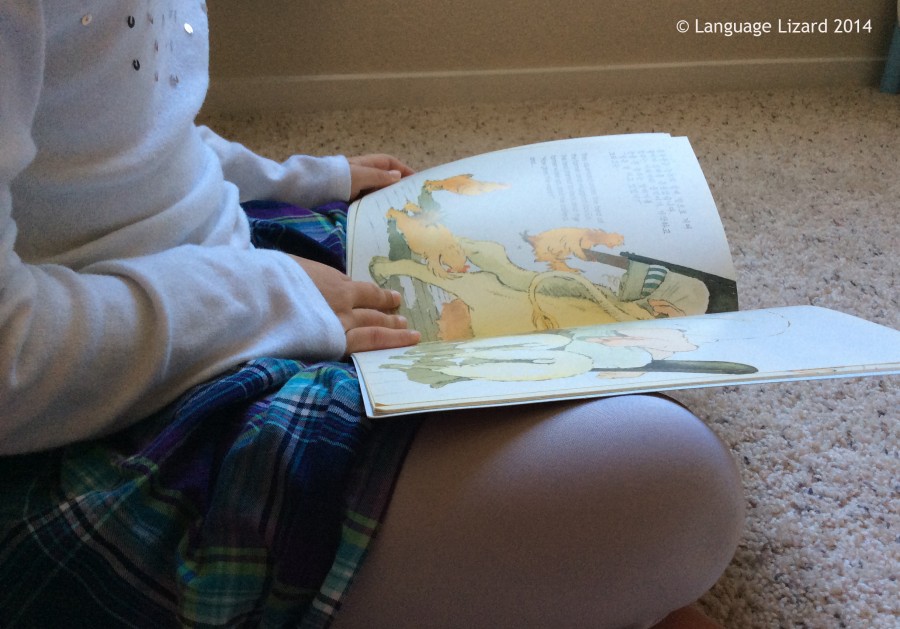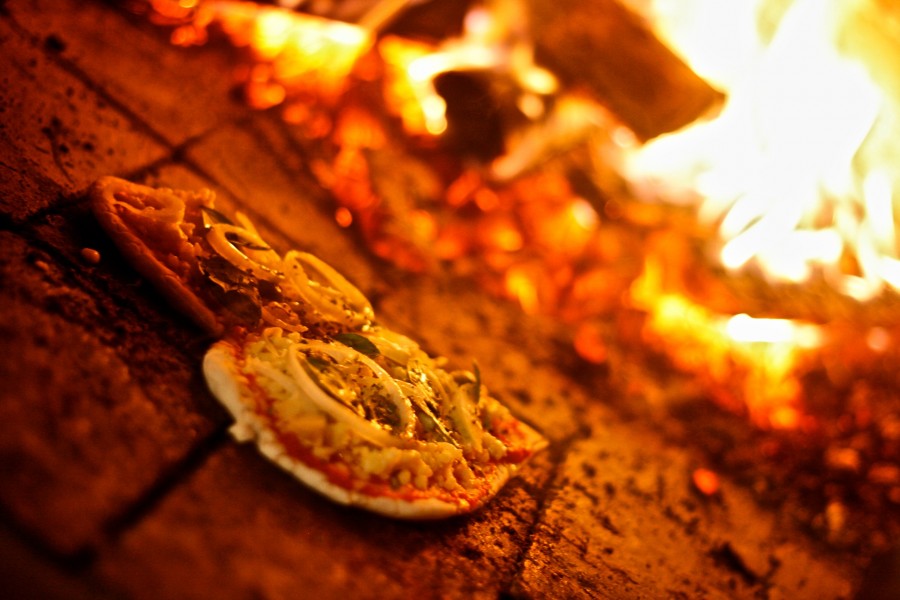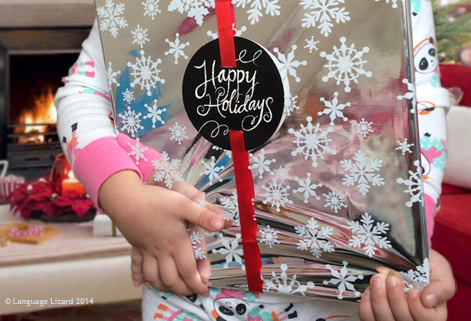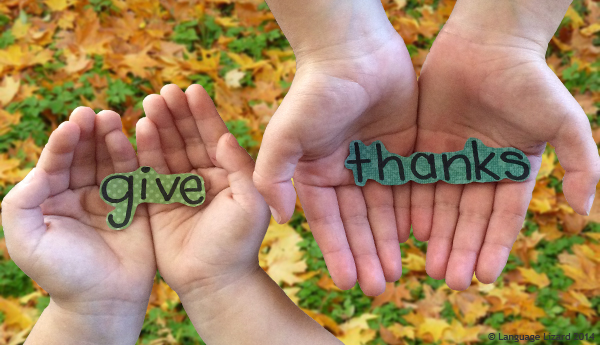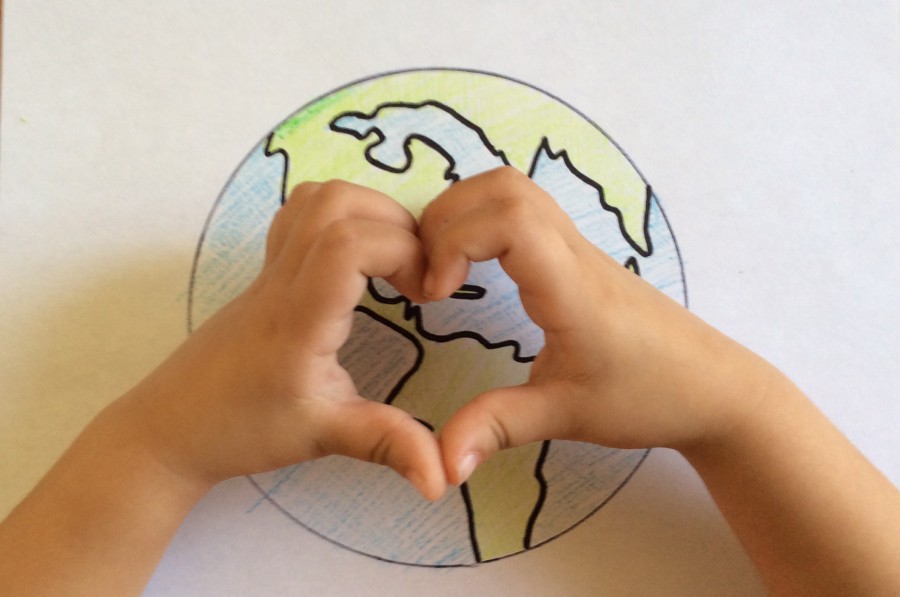If your plans for the new year include learning a new language with your kids, or passing on your native language to them, there is one New Year’s resolution that will help your kids learn faster and also make the process more fun for the whole family.
Bilinguals: “Brain Bodybuilders”
In addition to the many and varied benefits to being bilingual, new research has found something new: bilinguals have more efficient brains that filter out............. CONTINUE READING
January 1, 2015

